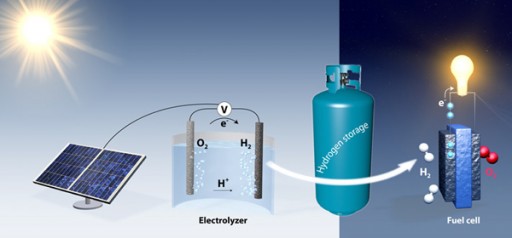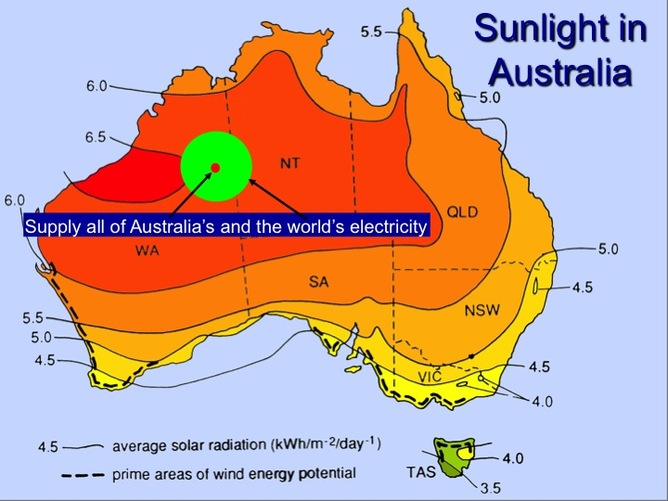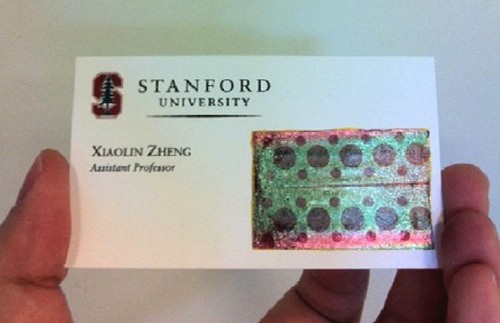December 6, 2014 – Although where I live there is scant evidence of a solar energy revolution, it seems in other parts of the world they get it. I share with you three stories that caught my eye in the last couple of weeks.
In Australia 1 in 5 Homes Go Solar
Of all the continents on this planet, Australia may be best suited for solar power (see map below). So despite Tony Abbott, the anti-renewable Prime Minister of Australia, Aussies get it and are getting on board with solar energy. While Abbott has cut renewable targets for the country from 41,000 Gigawatt-hours to 26,000 by the year 2020, and cut the preferential feed-in tariffs, Australian homeowners are buying into solar in a big way. The most recent poll of Aussies disagree with their Prime Minister wholeheartedly with 89% supporting the original renewable target set by the previous government. And it is not just residential solar that is catching on. Commercial businesses are buying in as well, putting rooftop solar panels into their energy mix.
The latest figures show 19% of Aussie homes use solar for generating electricity or for heating water. The state of South Australia leads with 24% of households using solar panels to generate electricity. Total Australian solar capacity reached 650 Megawatts this year growing from virtually zero in 2010.
Figuring Out a New Way to Store Solar Energy Overnight
The knock on solar and wind renewables is this. The Sun doesn’t always shine and the wind doesn’t always blow. So both of these renewable energy sources need a bridging technology to back them up whether it is overnight, or on less than optimal days when power capacity is unattainable.
Stanford University may have found the answer. Researchers have designed a solution that breaks apart water into oxygen and hydrogen and then recombines them to generate electricity. During the day when the Sun is shining photovoltaic panels provide the power needed to accomplish the severing of the bonds that hold the two constituent elements of water – the hydrogen and the oxygen. In the past the problem was finding a cheap catalyst that could attract the hydrogen.
The material is molybdenum phosphosulfide, commonly used in the petrochemical industry. The new catalyst isn’t just useful as a battery backup to renewable wind and solar. The pure hydrogen it produces could feed the development of a hydrogen fuel infrastructure.
Kudos to the engineers and researchers at Stanford.

Peel and Stick Solar Panels In Our Future
Another research project out of Stanford University has produced a solar cell that can be stuck on any surface. These cells are thin, flexible and adhesive. Heading up the team is Xiaolin Zheng who credits his father for inspiring him. In an article written by Susan Daugherty for National Geographic, she quotes Zheng as saying “One day my father mentioned how great it would be if a building’s entire surface could be used for solar power, not just the roof, but also walls and windows.”
These new solar cells are fabricated out of silicon or glass with an inserted metallic layer which can then be peeled away after soaking the cell in water for a few seconds. The finished cell is 1/10th the thickness of plastic wrap and can be attached to any surface. They produce the same amount of energy as conventionally produced solar photovoltaics. But these cells can be applied to a window, a skylight, a wall, an automobile surface, a mobile phone, you name it.
Zheng believes his invention will be far more affordable to produce using 25% of the materials of normal solar cells. She predicts you’ll be able to buy them at your corner store the same way you buy a pack of batteries today.
Currently the cells are only 1 square centimeter (see image below). She wants to scale them to sizes as large as a square meter or more.















